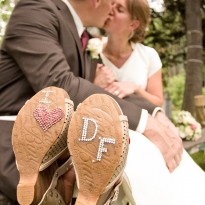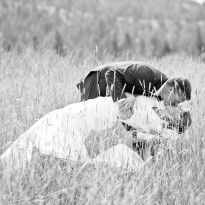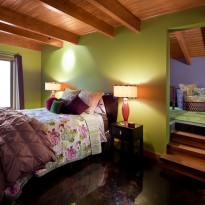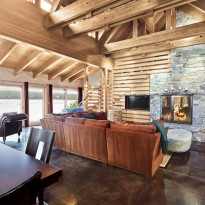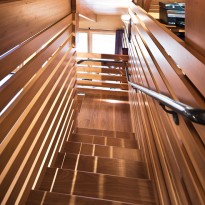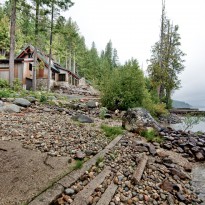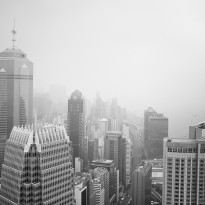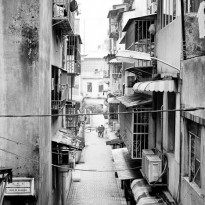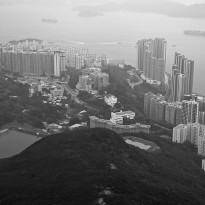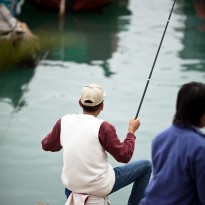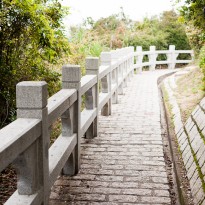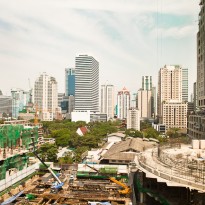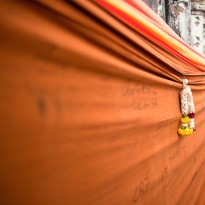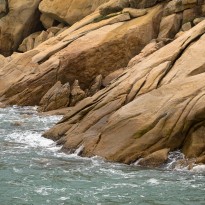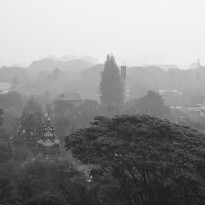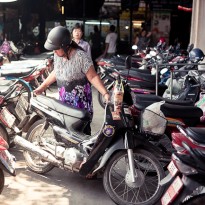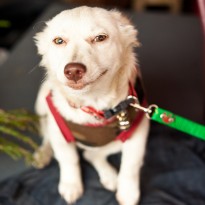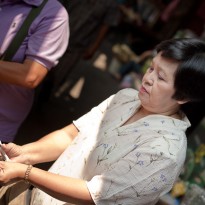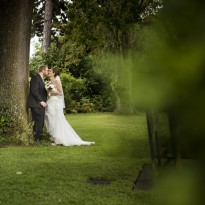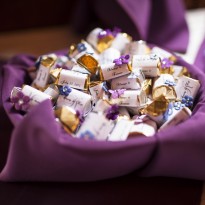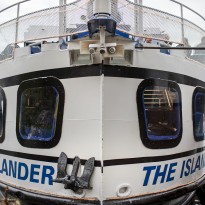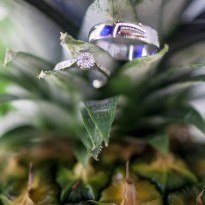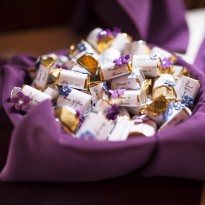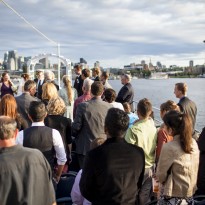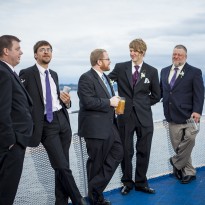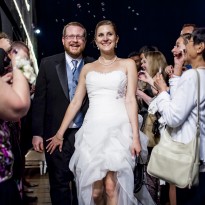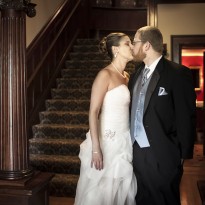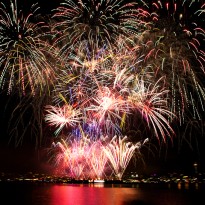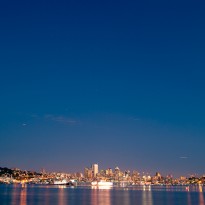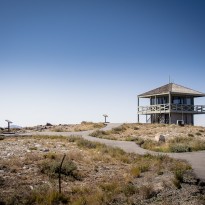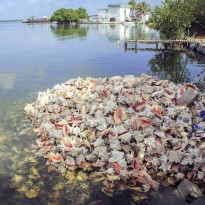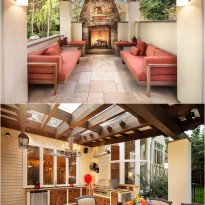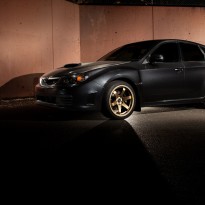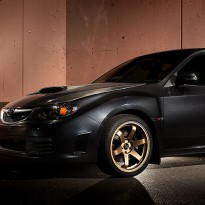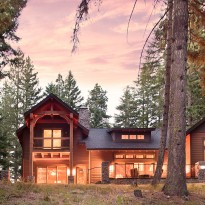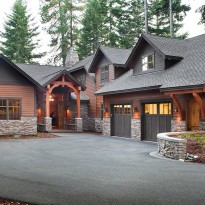Our previous city Siem Reap was known to the locals as the “Tourist City” and we were now headed to what was known as the “Factory City” due to the fact that much of was sold in Siem Reap was produced in many of the factories that were peppered around throughout Phnom Penh.
Rising up early in the morning all eleven of us crammed into a little van and headed to the docs where we boarded a “fast boat” (it looked quite similar to a boat shaped after a banana) which transported travelers on the 6 hour journey from city to city. At first we thought that it was going to be a comfortable ride with quite a few empty seats, but as the boat waited till about 20 minutes past our departure time the boat was completely filled to the maximum capacity with people sitting even on the roof! The journey was still quite enjoyable as we traveled across the Tonle Sap lake and through the rivers south to Phnom Penh.
When we arrived our boat seemed to be taken over by several men asking “Tuk Tuk? You need? Transportation, I get you in Tuk Tuk!” Flashing little signs with pictures of a “Tuk Tuk” all of these men tried to quickly get passengers for their pull-behind-moped taxis. We gathered our luggage, grabbed three Tuk Tuk’s and headed to our hotel. Once at the hotel we dropped off our luggage and grabbed a bite to eat at the connected restaurant. Everyone was stuffed to the brim and sleep was on everyone’s mind it seemed.
Before the sun when down Dad was anxious to see the Killing Fields which were about 9 miles away from our hotel. Gathering a small group who wanted to go along we grabbed 2 more Tuk Tuks and headed down the road. Heading out of downtown our drivers swerved throughout traffic and streets passed quickly by. With kids playing with balls, adults standing around, and chickens running for their lives, the streets were busy.
As mention in the previous post, Cambodia had quite recently been at the hands of the group known as Khmer Rouge who had taken over in 1975 with Pol Pot at the reigns. Pol Pot sought a return to an agrarian economy and therefore killed many people perceived as educated, “lazy”, or political enemies. Here at the killing fields thousands of men, women, and children were beaten and brutally killed and then thrown into mass graves. The Khmer Rouge stayed in power for about 3 years until 1979 when the Vietnamese came in and ran them out into the jungle. Pol Pot had continued to plot his return to power but died of natural causes in 1998.
Here at Tuol Sleng Genocide Museum we purchased tickets at the front gate and the proceeded down the cemented path towards what looked much like a modern day pagoda. Gazing up the steps there was a sign that read “Please take a moment of silence for those who died at the hands of the Khmer Rouge.” As we continued closer to the structure it became evident that it was completely filled with human skulls of the victims of the genocide. It was shocking to see so many human bones collected in one place.We then were guided by a man with one arm missing around the museum through all of the mass graves which were now just craters in the ground. With a slow pace we made our way through the museum and then left after it was well after dark.
It had been quite a day and with another early morning ahead we all quickly fell asleep.

 Posted on January 6, 2010
Posted on January 6, 2010
 by tgrantphoto
by tgrantphoto  0
0 


























































































































































































































